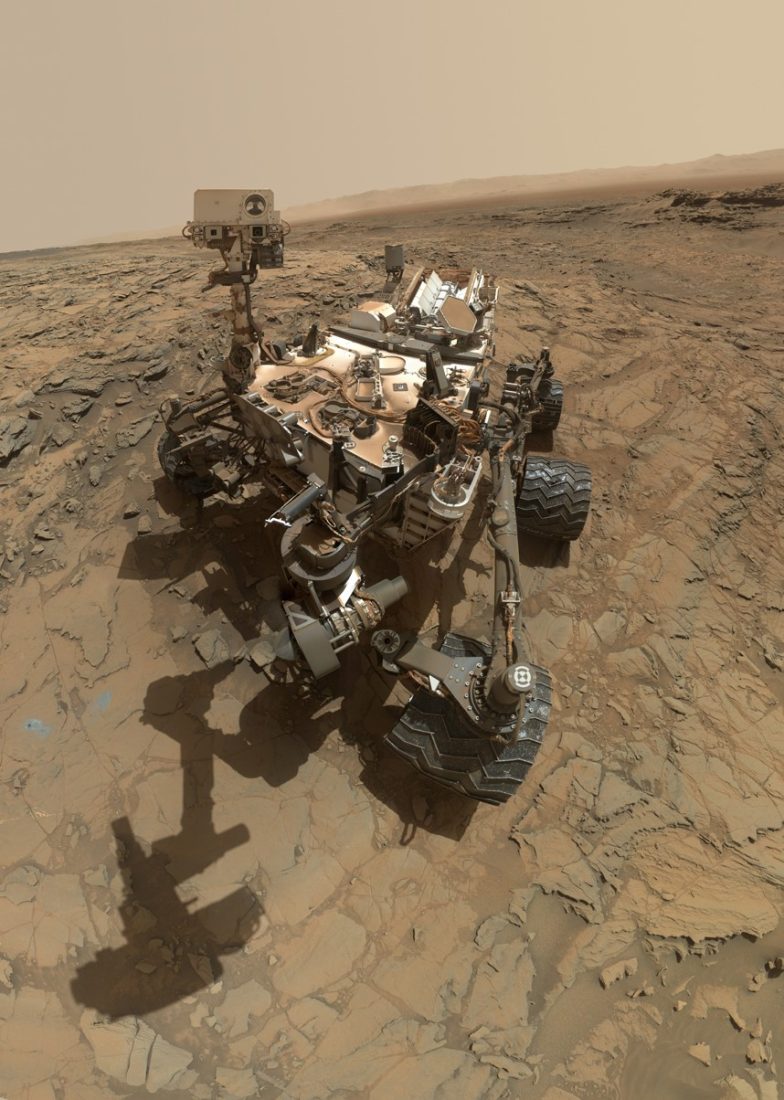Science and Mathematics
Seltzer Lecture – Guest Speaker: John Grotzinger
October 17, 2024 at 5:00pm – 6:00pm EDT
Heroy Geology Laboratory, Auditorium (001)
This event has already occurred. The information may no longer be valid.

The Department of Earth and Environmental Sciences in the College of Arts and Sciences presents the Seltzer Lecture featuring speaker John Grotzinger. His talk is titled: “Exploring Mars with the Curiosity Rover.”
Abstract:
The Mars Science Laboratory rover, Curiosity, touched down on the surface of Mars on August 5, 2012. Curiosity was built to search and explore for habitable environments and has far exceeded its designed lifetime of one Mars year (~23 months), and drive capability of 20 km. At this time Curiosity has entered its 13th year of operations, driven 32 kilometers and climbed 850 meters in elevation. The MSL science payload can assess ancient habitability which requires the detection of former water, as well as a source of energy to fuel microbial metabolism, and key elements such carbon, sulfur, nitrogen and phosphorous. The search for complex organic molecules is an additional goal and our general approach applies some of the practices that have functioned well in exploration for hydrocarbons on Earth. The selection of the Gale Crater exploration region was based on the recognition that it contained multiple and diverse objectives, ranked with different priorities, and thus increasing the chances of success that one of these might provide the correct combination of environmental factors to define a potentially habitable paleoenvironment.
Another important factor in exploration risk reduction included mapping the landing ellipse ahead of landing so that no matter where the rover touched down, our first drive would take us in the direction of a science target deemed to have the greatest value as weighed against longer term objectives, and the risk of mobility failure. Within 8 months of landing, we were able to confirm full mission success. This was based on the discovery of fine-grained sedimentary rocks, inferred to represent an ancient lake. These Fe-Mg-rich smectitic mudstones preserve evidence of an aqueous paleoenvironment that would have been suited to support a Martian biosphere founded on chemolithoautotrophy and characterized by neutral pH, low salinity and variable redox states of both iron and sulfur species. The environment likely had a minimum duration of hundreds to tens of thousands of years. Recently simple organic molecules were confirmed to exist within the mudstone. These results highlight the biological viability of fluvial-lacustrine environments in the ancient history of Mars and the value of robots in geologic exploration.
This event was published on October 1, 2024.
Event Details
- Category
- Science and Mathematics
- Region
- Campus
- Open to
- Alumni,
- Current Students,
- Faculty
- Contact
- Madelyn Woodson
mwoods01@syr.edu
3154432672
- Accessibility
- Contact Madelyn Woodson to request accommodations
